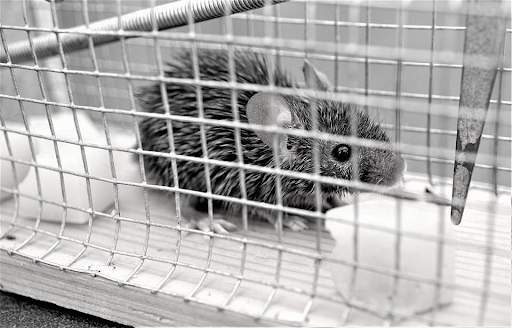Looking to catch some mice in your home but you don’t want to kill them? There are plenty of commercially available options out there. And to pick the best one among them, here are the factors that you should consider before you make your choice:
Table of Contents
Ease of Use
Some types of mouse traps may work effectively, but it can be difficult to learn just how to use it. That can be annoying, since most people don’t have doctorates in mouse trap operations. In most cases, people just want to set a mouse trap and then forget about it (until it works).
So, when you’re looking for a mouse trap, check if you can figure out how to set it up. Even the best humane mouse traps aren’t all that good if a newbie can’t operate it.
Some mouse traps are so complicated that even if you can figure out what to do, it takes a while to set up or activate the thing. It can actually be like making your own DIY mouse trap with household items. There are even some mouse traps that don’t include everything, as you need to add some household items like a bucket for the trap.
It’s better if you can just set it up without a lot of wasted time and effort. This is especially true with reusable mouse traps, since it can be tedious going through a protracted set up process each time.
Durability
How tough is the mouse trap? It’s not worth anything if the mouse can just chew its way through the trap. Also, it’s better if the trap doesn’t get damaged all that easily, if it’s bumped or if it falls on the floor. Mice can be frisky, and they can damage fragile stuff easily.
The more expensive mouse traps are generally made from rustproof metal, so you have a long time using the mouse trap. Other types of mouse traps are made from plastic, but some are made of tough plastic that mice can’t chew through.
Size of the Door
How big is the entrance to the trap? How many entrances does it even have? These are relevant questions.
Let’s start with the number of entrances. With more entrances, you have a greater chance of luring a mouse inside the trap. In fact, you might even trap more than a single mouse at a time. That’s always better.
Then you should also go with a bigger entrance. Of course, it can’t be too big of an entrance. That would just occupy too much space, and mice aren’t fans of wide-open spaces, either.
And while we’re discussing the door, it’s better if the trap entrance closes down more quickly. If it closes too slowly, then that just gives the mice a chance to scurry away. Mice can be quite smart, so they may be able to escape the trap repeatedly after doing it the first time.
Size of the Trap
This goes hand in hand with the size of the entrance. A larger trap lets you trap more than a single mouse. inside. Small traps limit the number of mice you can trap at one time.
Of course, it can’t be too large, or the trap can just get in the way. Mice like cramped spaces, and you can’t place large traps in nooks and crannies. Also, the trap becomes a lot more conspicuous and these traps aren’t exactly great decoration for the home.
How Humane Is It, Really?
Another problem with small traps is that sometimes the mice may have their tails caught in the entrance (or some other part of the trap). There are even reports that some mice chew off their tails in their attempt to escape, and that’s not really humane at all.
Then you also have to worry about trapping the mice completely, and they don’t have enough air inside. That means there should be some air holes in the trap. These air holes should be properly designed and located, since it’s also possible that having several mice in the trap may block these air holes.
Trigger Sensitivity
This is actually an issue, since you want the sensitivity of the trigger to be just right. If it’s not sensitive at all, then the trap may not spring at all. You’ll just have mice strolling around the trap and enjoying the bits of food you leave as bait.
But a trigger can be too sensitive. Some of them are so sensitive that it’s even difficult to set the trap without triggering it in the first place. In other cases, slight bumps or even floor vibrations may trigger the trap. It’s even possible for loud music (especially with a thumping bass line) will spring an overly sensitive trigger.
Are There Mice in There?
The design of the trap should also let you know if it’s been sprung and that mice have been trapped inside. That means you should be able to easily check if there are mice inside or not. Usually, the trap has a clear plastic cover or some sort of mesh screen to let you check. It’s just more annoying if the trap is fully covered or it uses black plastic, so you can’t see if there are mice inside or not.
Cleanup
It would also be nice if the trap can be cleaned easily. These traps can be messy, when you have bits of food as bait along with frisky mice!





